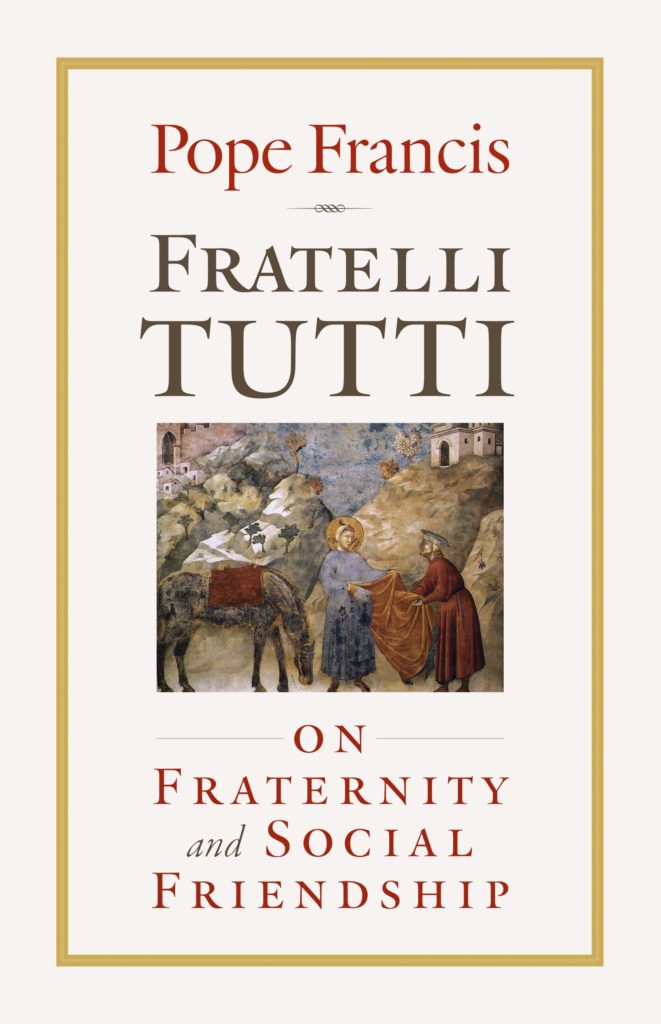The Venerable Cornelia Connelly 1809 – 1879
Statement from the Society Leadership Team
regarding the application to transfer part of the mortal remains of Cornelia to Philadelphia
February 2021
In September 2017, the Society received a surprising invitation 1 from the Archbishop of Philadelphia, Joseph Charles Chaput OFMcap, to transfer (the ecclesial term is ‘translate’) Cornelia’s remains from the chapel at Mayfield to the Cathedral Basilica of Saints Peter and Paul in the city of Cornelia’s birth. The question had been considered twice before.
There is need to provide some history. On February 2, 1877, Cornelia wrote to John Cardinal McCloskey, 2
If I were not so old, I should ask your Eminence to let me come to New York and to have a Convent close to your beautiful Cathedral, which was twelve or eighteen feet high when I saw it in 1867, and where I thought I should like to live and die.
In her biography 3 of Cornelia, Mother Mary Catherine Gompertz writes of a moment at sunset in the following month, March 1877, when the community was enjoying the view beyond the cemetery at Mayfield and Cornelia expressed a wish to be buried there. Later in the book, Mother Mary Catherine continued, Mother Connelly had often expressed the wish that she might be buried at Mayfield, where she had established the novitiate, and which she had hoped would become the Mother House of the Society. It did for many years, until the 1922 general chapter decided to move the generalate to Rome.
In 1879, Cornelia died at St Leonards and was buried in the convent cemetery in Mayfield and, in 1935, her remains were exhumed and moved to the convent chapel. In 1959, her Cause for Canonisation was opened and, in 1983, The Positio: Documentary Study for the Canonisation Process of the Servant of God was presented in Rome. In 1992, she was declared Venerable, the step before Beatification.
In 1975, when the school became an independent trust, the Society retained ownership of the chapel and part of the legal Agreement was that any future exhumation of Cornelia would not take place during term time.
In 2017, we, the Society LeadershipTeam, consulted the three province leaders about the invitation, next the three province leadership teams and then the whole Society, before going ahead to investigate the legal, financial and ecclesial implications necessary as part of the discernment prior to a decision.
Cornelia’s direct descendants, Frank’s great, great, great, granddaughter, Simonetta Vanni d’Archirafi, her two sons and her grandchildren were consulted and the information was shared with Mayfield School. Francesco Vanni d’Archirafi said: “As descendants of Cornelia, we are humbled by the extraordinary legacy that she has left us and the international interest in progressing her work and her canonisation.” In May 2019, the family gave its approval for the transfer, dependent on “a significant part” of the remains staying at Mayfield.
In May 2020, in response to a formal request from the Society (through the postulator in Rome, Dr. Waldery Hilgeman), the Congregation for the Causes of Saints gave special permission for the exhumation and separation of the remains, acknowledging the agreement of both Archbishop Charles Chaput of Philadelphia as well as Bishop Richard Moth of the Diocese of Arundel and Brighton.
The Congregation for the Causes of Saints informed us that it is the Church’s practice that the remains or someone declared Venerable – considered for sainthood – be in a place where her life, legacy and her congregation’s charism will become better known. At the same time, a canon lawyer (a woman religious) reminded congregational leaders of their serious responsibility for legacy, archives and graves in parts of the world where numbers of sisters are decreasing rapidly, as in the European province. It was made clear that Cornelia, as an ecclesial woman, is now more than a founder of a religious community or any of her schools. In pre-pandemic times, there were half a million visitors to the cathedral each year.
In the light of all the above, the decision was made to accept the invitation, subject to the relevant law in the United Kingdom. The Society obtained the necessary exhumation licence from the Ministry of Justice. Since Mayfield chapel is a Grade 1 listed building, the next step was to gain permission from the Historic Churches Commission for the initial exploration of the site prior to “the coffin of the foundress, Mother Cornelia Connelly, [being] extracted and later returned through an opening made in the side wall of the chapel below ground level”. In effect, there would be no disturbance at all to the inside of the chapel.
Once the period of consultation required by the Commission is complete, and, if approval were to be given, a certificate would be issued in the name of the Bishop of Arundel and Brighton. The exhumation and both the transfer and retention of remains must be conducted discretely. Discussions continue with Mayfield School about the appropriate time this could happen.
Simultaneously, plans were being put in place to receive Cornelia’s remains in the Cathedral Basilica of Saints Peter and Paul, alongside those of another Philadelphia founder of a religious congregation, Saint Katherine Drexel. The two tombs would have to be in a similar style and appropriate to the setting. The current Archbishop, Nelson Pérez, warmly endorsed the invitation of his predecessor.
The Society leadership team recognises that the proposed exhumation and transfer of part of Cornelia’s remains distresses a number of people. Little did anyone realise that the process would be so difficult and lengthy, yet perhaps it should not be a surprise. Cornelia struggled with legal, ecclesiastical and practical issues, as well as complicated relationships throughout her life, and the same seems to be true in death.
Let us continue to pray, through her intercession, for the grace of a miracle necessary for Beatification.
Prayer to obtain the Beatification of Venerable Cornelia Connelly
O God, who chose Cornelia Connelly to found the Society of the Holy Child Jesus, inspiring her to follow the path marked out by your divine son, obedient from the crib to the cross, let us share her faith, her obedience and her unconditional trust in the power of your love. Grant us the favour we now implore through her intercession… and be pleased to glorify, even on earth, your faithful servant, through the same Christ our Lord. Amen.
Veronica Openibo, Pauline Darby, Cecilia Nya and Marie Ursino
Society Leadership Team
Notes
1 at a meeting with Sisters Carroll Juliano (province leader) and Carlotta Bartone (unofficial postulator) to ask for the Archbishop’s support for Cornelia’s Canonisation.
2 The letter is in the Archdiocesan Archives at St. Joseph’s Seminary, Yonkers, NY. It seems the letter surfaced in July 2008 in connection with the archdiocesan bicentennial (1808-2008).
3 The Life of Cornelia Connelly 1809 – 1879, Foundress of the Society of the Holy Child Jesus, by a Member of the Society (Pages 237 and 246).
Download Statement


































































